On the back of improving market sentiment, Bitcoin rises through 31407 resistance to resume the rebound from 25083. Further rally is now expected to 55 day EMA (now at 34297). Sustained break there will further affirm the case that whole decline from 68986 has completed with three waves down to 25083.
It’s still a bit too early to confirm a bullish trend reversal for the moment. But even as a corrective rebound, firm break of 44 day EMA should pave the way to 38.2% retracement of 68986 to 25083 at 41853 at least. For now, this will remain the favored case as long as 27993 support holds.




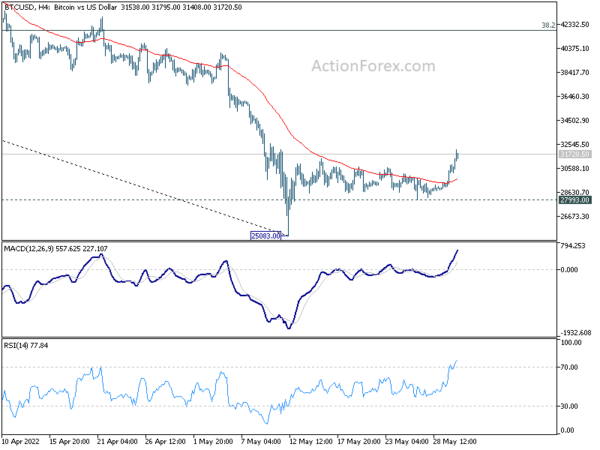
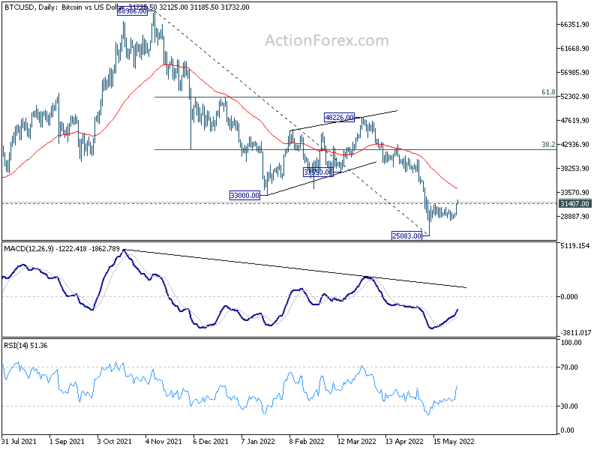
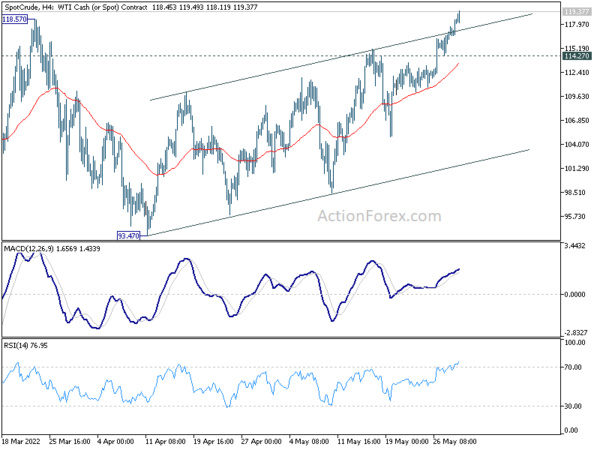
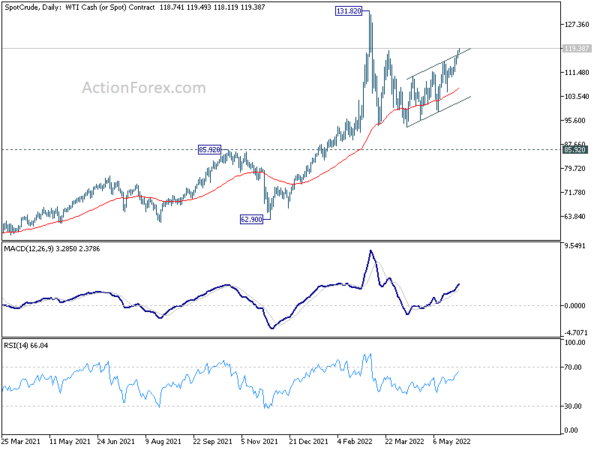
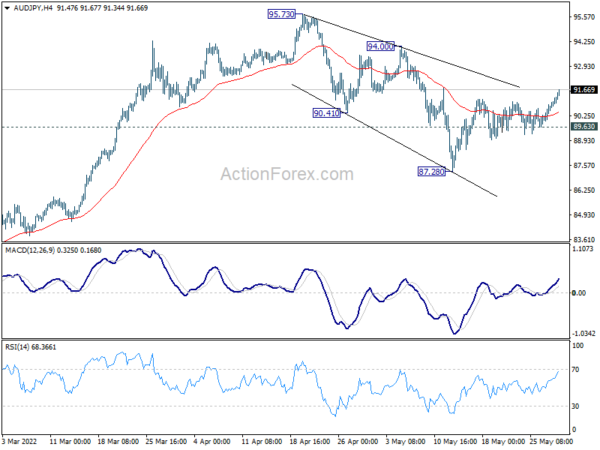
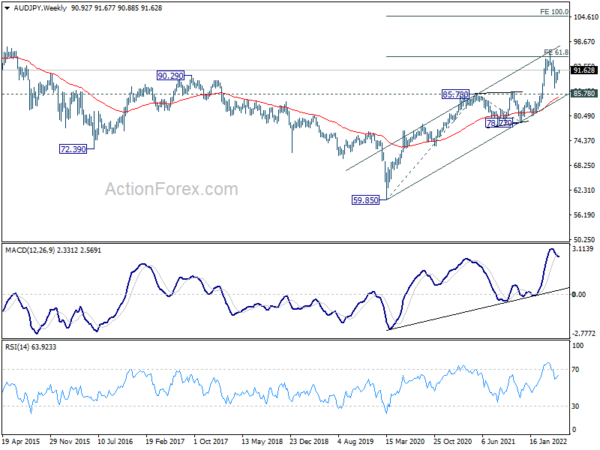
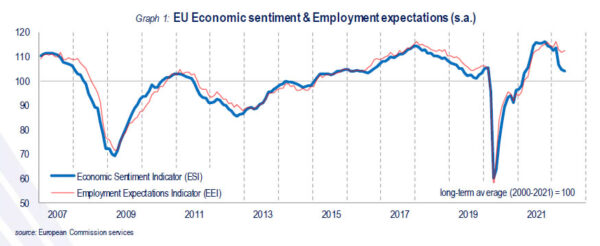
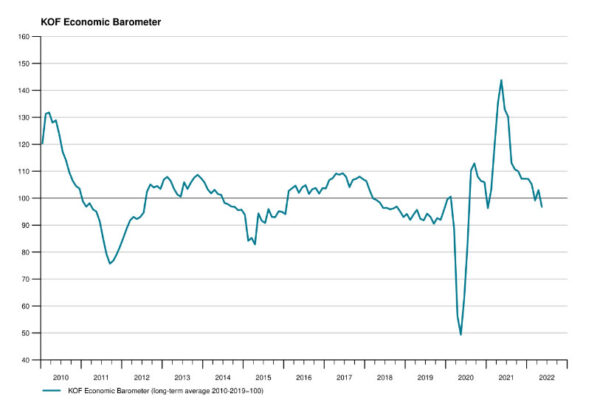
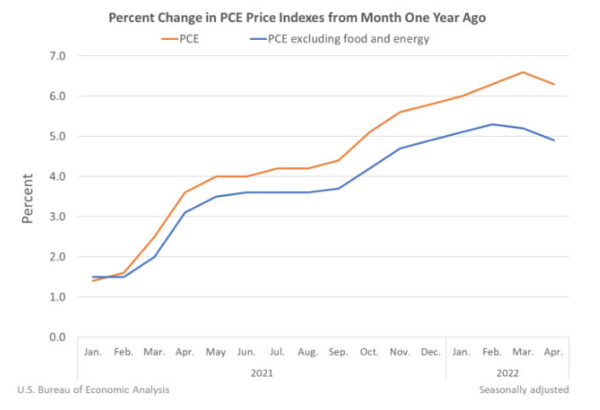
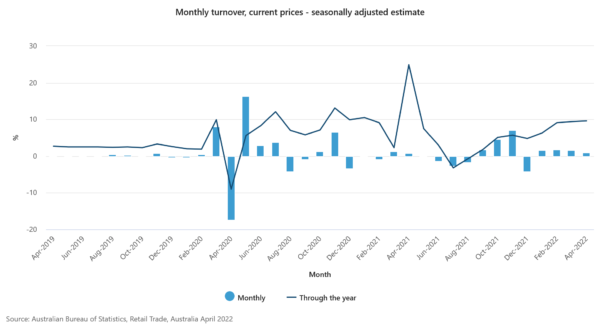
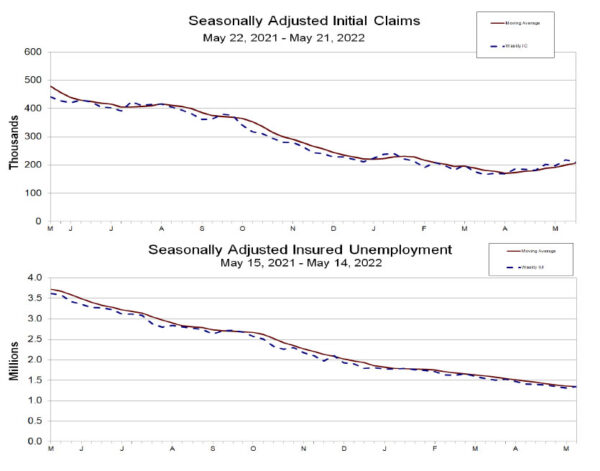
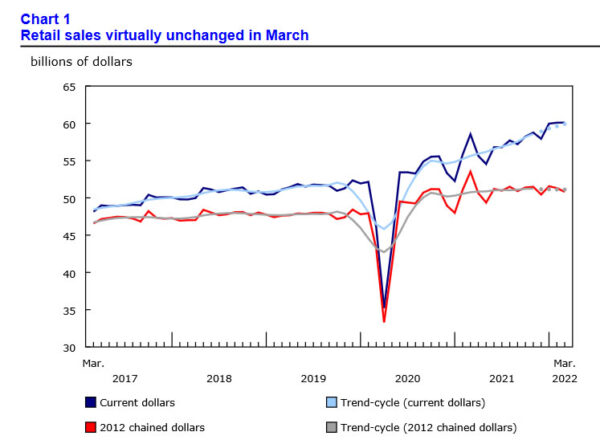
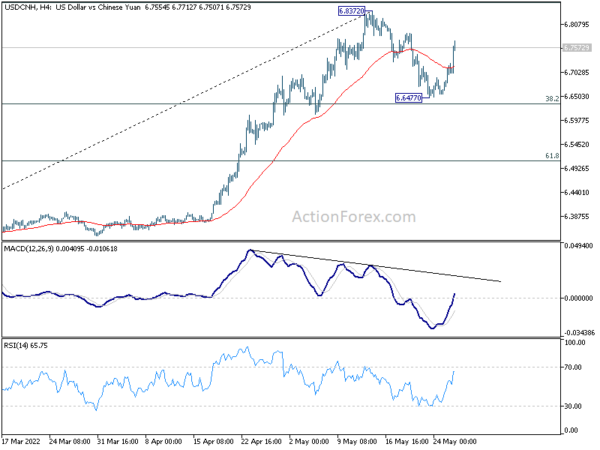
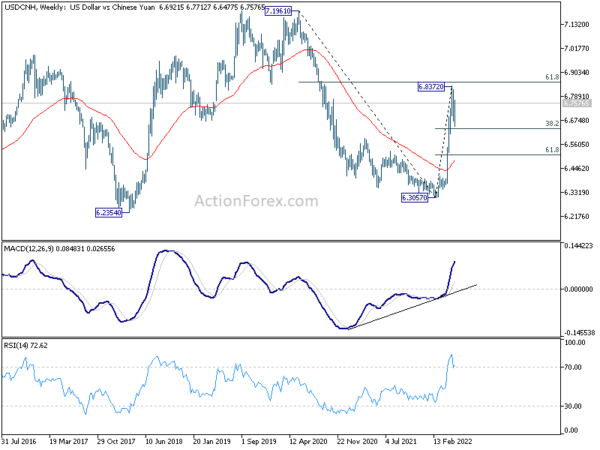

France GDP dropped -0.2% in Q1, consumer spending dropped -0.4% in Apr
France GDP contracted -0.2% qoq in Q1, revised down from 0.0% qoq. The contraction was linked to weakness of household consumption (-1.5%). General government’s consumption expenditure rose 0.2%. Total gross fixed capital formation rose 0.6%. Exports rose 1.2% with net foreign trade up 0.2%.
Full release here.
Also from France, consumer spending dropped -0.4% mom in April, below expectation of 0.4% rise.